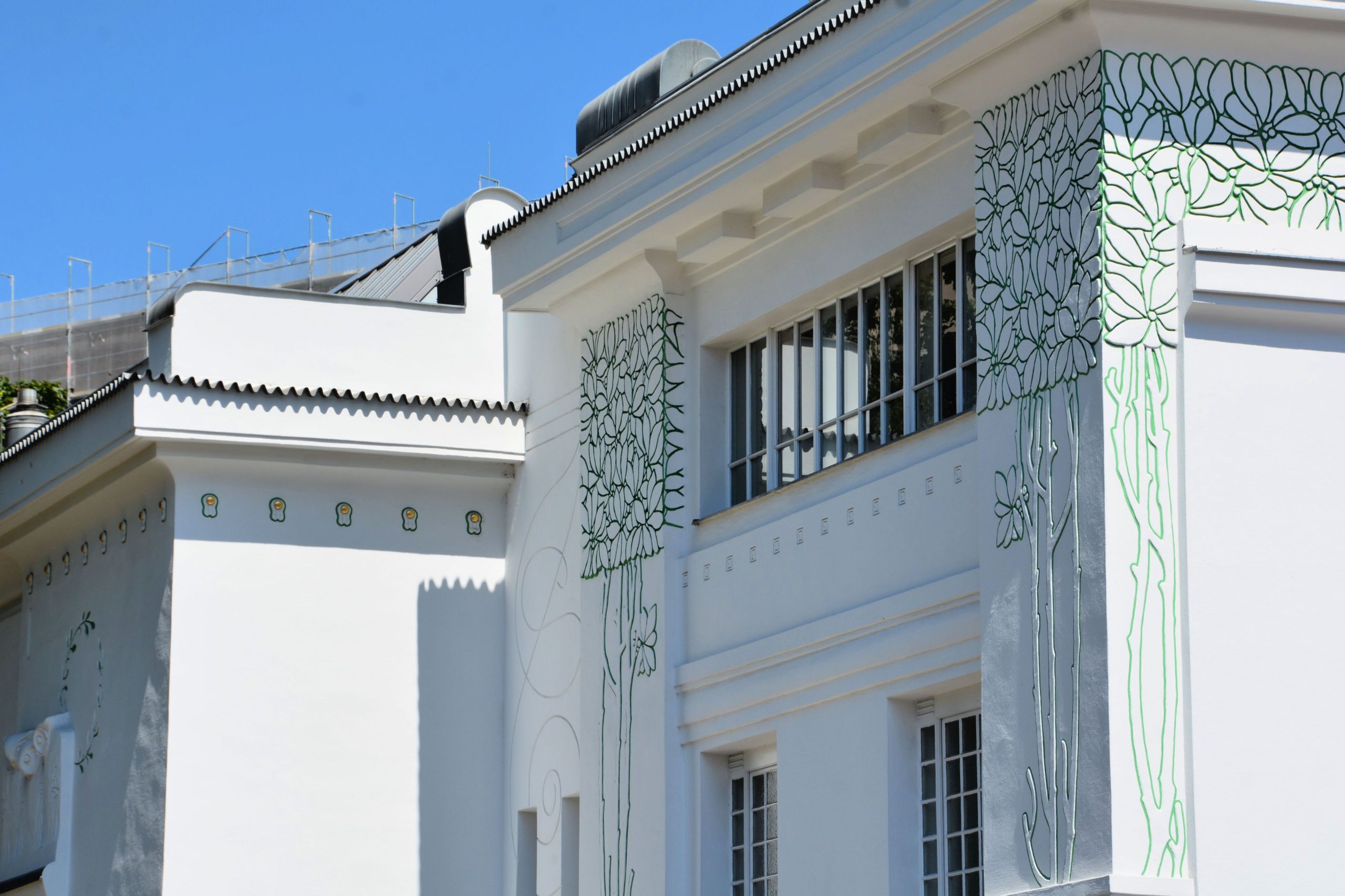
There were 1200 or so entries in the exhibition-architecture, furniture, graphics, fashion, and decorative and utilitarian objects in addition to painting and sculpture-and it was unfortunate that these Modernist figures were documented by what seemed relatively few works.

The unmasking role fell to those skeptics who had their doubts about an institutionalized civilization-Adolf Loos, for example-and to such younger prophets of Modernism as Oskar Kokoschka, Egon Schiele, and Arnold Schönberg. Theolder stylists sought to repress their anxiety in the creation of dream worlds and in their intoxication with progress. Yet the real subject of the show was a phenomenon shared by the existentially heightened situation of today: a nervous consciousness of crisis. With Klimt’s rejection of the common reality and his fascination with the links between death and the beautiful as a principal accent, the drift of the exhibition was toward a nostalgic sensuality which certainly evoked a still-prevalent myth about turn-of-the-century Vienna. The Secession’s new awareness of style and medium was a true departure in a materialistic age what was not new, however, was the tendency, perceptible again today, to stand off from any concept of the esthetic transformation of the ordinary workaday world. The foundation of the Wiener Werkstätte by Hoffmann and Moser in 1903 lent the movement a decisive push, and its concern with the creation of total artworks reached a high point with the dining hall of Hoffmann’s Palais Stoclet in Brussels (1905–11), which included a mosaic frieze by Klimt. The school entirely lacked the utopian perspective of a William Morris, however, for despite increasing social hardships, the estheticization of life it sought in the capital of the declining Austro-Hungarian Empire was on a relatively luxurious level. The new direction proposed by Klimt, Josef Hoffmann, Koloman Moser, Joseph Maria Olbrich, and Otto Wagner involved not just a flat, geometrical style incorporating the Byzantine legacy, but a permeation of life by the arts in this it repeated elements of the British Arts and Crafts movement.
The artists of the Vienna Secession did not reject the idea that the past might inform the present, but the past was never the actual subject of their work, and this Viennese strain of Jugendstil certainly repudiated the kind of historicism so prevalent, in all its possible variations, at this Biennale. Finally, however, the leitmotifs running between the storia in this show in the Palazzo Grassi and the attualità in the Giardini could not be developed very far. This icon of the union of the sexes is also an image of complementarity echoing the sun and moon symbols that appeared as thematic logos throughout the Biennale literature, posters, and catalogue. GUSTAV KLIMT’S ELEMENTAL BEETHOVENFRIES (Beethoven frieze, 1902), which formed a kind of prelude to “ Le Arti a Vienna dalla Secessione alla Caduta dell’Impero Asburgico,” the most comprehensive exhibition of Viennese Secessionism and Expressionism to date, could certainly be seen as an interpretation in a cosmic context of the “ Arte e Arti” topic of the 41st Biennale.


 0 kommentar(er)
0 kommentar(er)
